

Max Davies
How Audi, BMW, Honda, Mercedes-Benz, and Suzuki started out in Australia, and where they are now
15 Hours Ago
Dashcams are a useful accessory in the event of a crash, for insurance purposes or to record a fun road trip. Which cars have them built-in?

Contributor
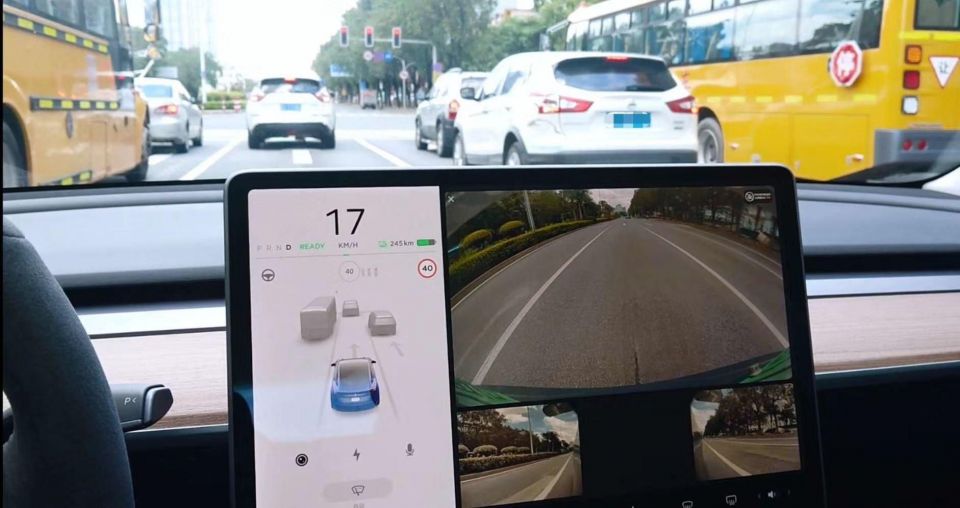

Contributor
Dashcams are becoming a must-have accessory for drivers today. At the very least, they’re a forward facing camera with a wide field of view that can record the road ahead through the car’s windshield, and can have three key benefits.
In the event of a severe crash, a dashcam can establish the sequence of events and record precisely what happened to establish liability. In turn, this can also help determine fault for insurance purposes – or if the footage is accessible remotely, provide proof a car has been stolen in the event of a theft.
Finally, dashcams can also be a unique way of recording a special drive or road trip, with many models offering a time-lapse recording mode especially suited for this purpose.
Recently, some carmakers have been offering vehicles with dashcam functionality built-in, often by repurposing the vehicle’s onboard cameras that would usually be used for ADAS (advanced driver assistance system) and other automated driving and active safety features.
The primary benefits of these built-in systems is a seamless integration with the rest of the car, without the need for any unsightly dangling wires, as is the case for aftermarket DIY installations.
Let’s have a look at which vehicles are available locally with dashcam functionality. Note this story excludes OEM-branded dashcam accessories that may be installed after purchase by a dealership, but are often manufactured under license by a third party.
Brands that offer in-built dashcam functionality overseas but not locally, such as Genesis in Korea, are also excluded.
Other brands that previously offered dashcam functionality have also been excluded from this story, such as Citroën with its ConnectedCAM option on the C3. This feature was discontinued in 2019.
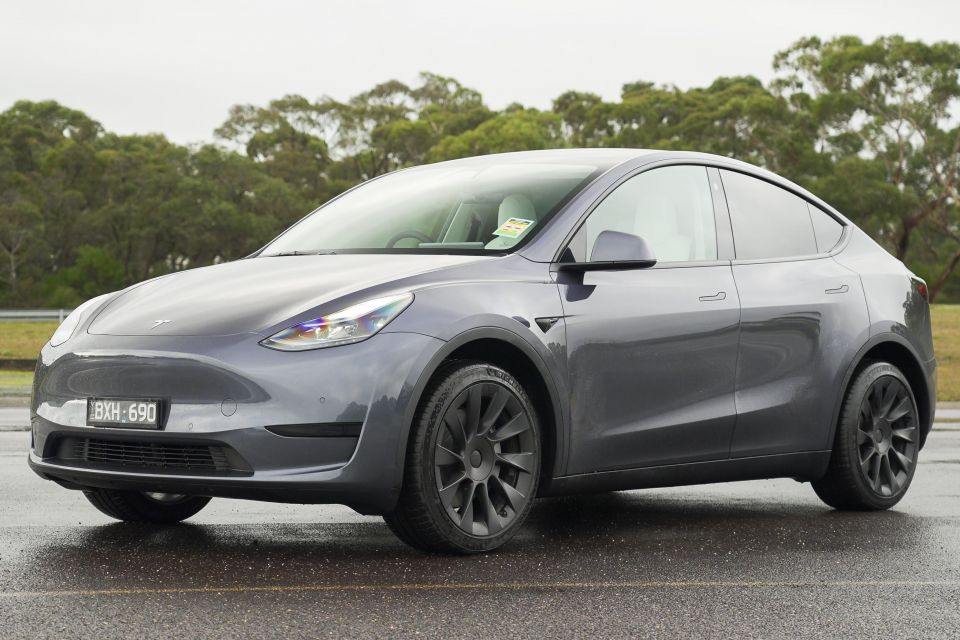
Of the manufacturers listed here, Tesla offers arguably the most sophisticated in-built dashcam functionality across the range, including the Tesla Model 3 and Model Y, as well as the latest iterations of the larger Tesla Model S sedan and Model X SUV.
Unlike most two-channel aftermarket solutions that may include a forward and rear-facing camera, Tesla is able to record from front and rear cameras, as well as two cameras mounted on the front wings below the left and right side mirrors.
If dashcam functionality is enabled, the car automatically saves the last 10 minutes of footage in the event of a crash; this can also be saved manually, or if the horn is used.
Vehicles manufactured after 2020 are also equipped with a pre-formatted 128GB USB stick that can be used to store dashcam footage; if the car is parked, dashcam footage can also be viewed on the central touchscreen.
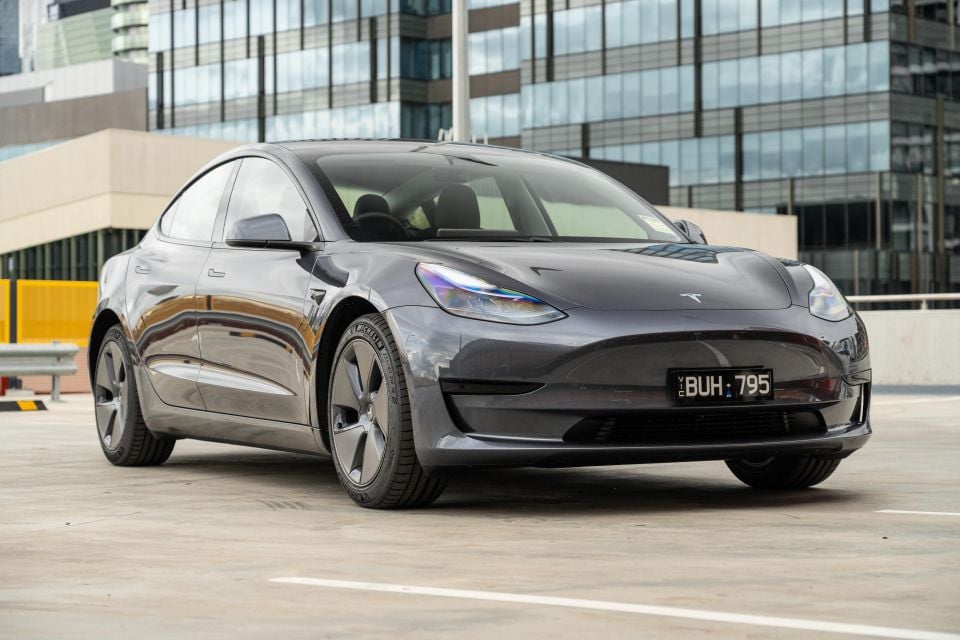
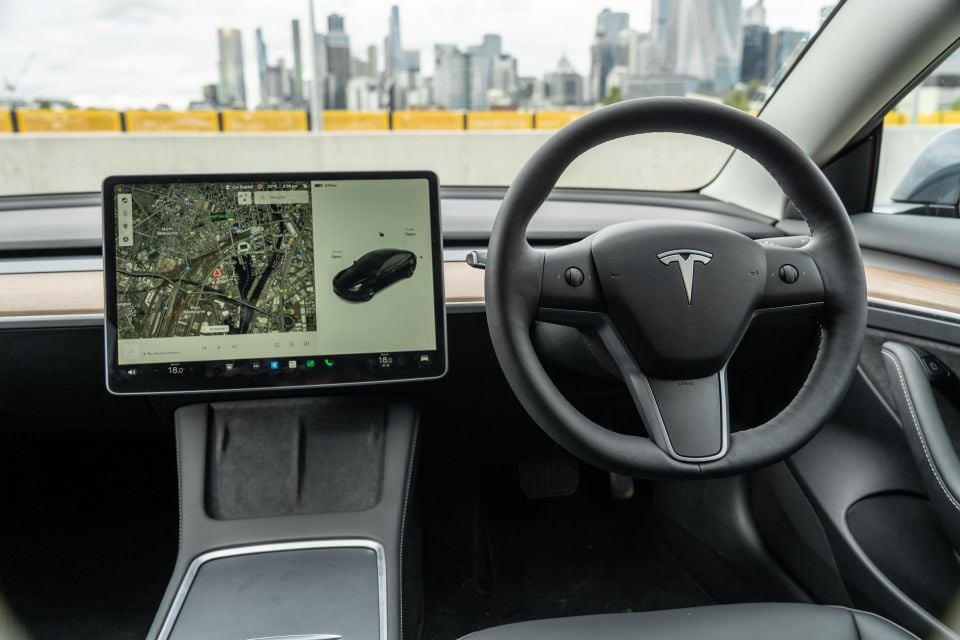
In addition to standard dashcam functionality, Tesla offers a Sentry Mode feature. If this feature is enabled the car’s cameras and other sensors remain powered on, and will automatically detect and record suspicious behaviour around the vehicle, such as a bystander closely approaching or touching the car.
Any activity is recorded and the car alerts any would-be offender on the touchscreen and by flashing the headlights and activating the in-car alarm as necessary.
More recently, a software update allows Tesla owners to remotely view a live stream of their car’s surroundings when Sentry Mode is activated via the Tesla mobile app, if they have also subscribed to Premium Connectivity.
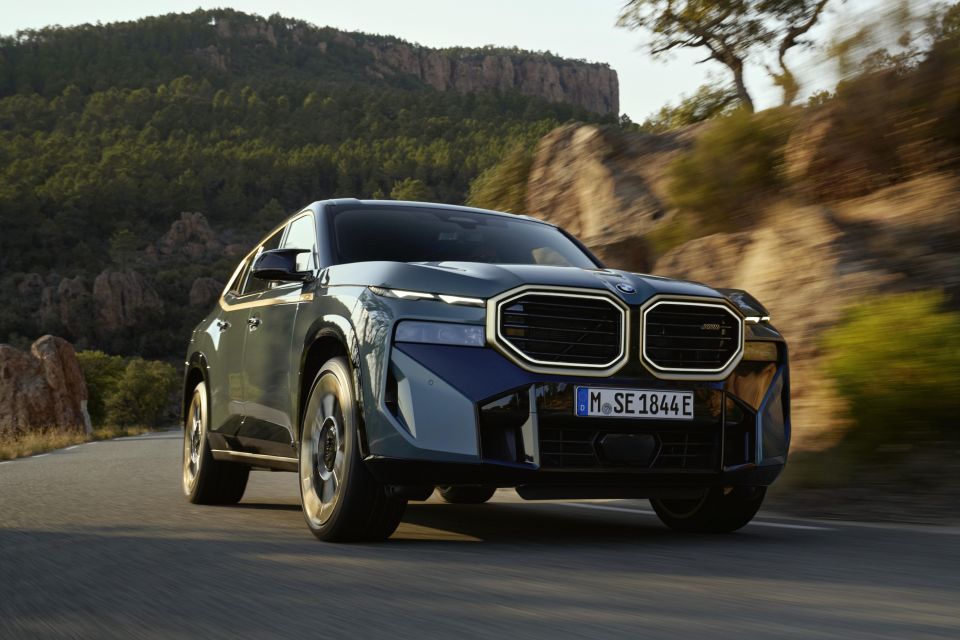
BMW offers its Drive Recorder system on a range of models equipped with its Operating System 7 or later (also known as iDrive 7.0) when optioned with the surround view camera package, if produced after July 2019.
Similarly to Tesla, the BMW Drive Recorder can record from up to four cameras simultaneously. If the car detects a collision, the Drive Recorder system gives users the option to automatically save up to 20 seconds of footage before and after the event to the onboard storage (which can be exported to a USB stick).
The driver can also choose to manually record up to 40 seconds of footage through the iDrive system or by long pressing the panorama view button.
If your BMW uses the latest Operating System 8 (as found on the iX and latest 3 Series, amongst other models), the recording window is expanded to 30 seconds before and after a crash.
Operating System 8 also introduces a new Sentry Mode style anti-theft feature, where the system can automatically activate and save up to eight recordings to the on-board storage, if the car’s anti-theft alarm is triggered.
Some models such as the iX are also equipped with an interior camera, which will also activate and record in the event of an attempted theft.
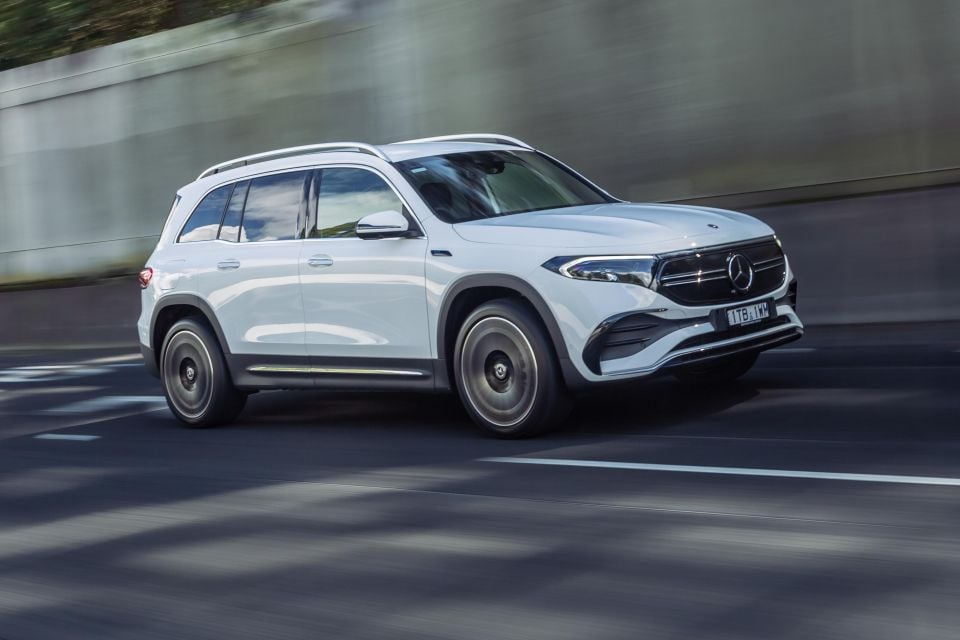
Certain Mercedes-Benz models equipped with the marque’s MBUX infotainment system are now also available with dashcam functionality, from entry-level modes such as the A-Class to SUVs like the GLE.
The Mercedes-Benz system is not as sophisticated as its BMW and Tesla counterparts. Unlike BMW, recordings cannot be initially saved to onboard storage, and instead a USB stick or storage device must be connected.
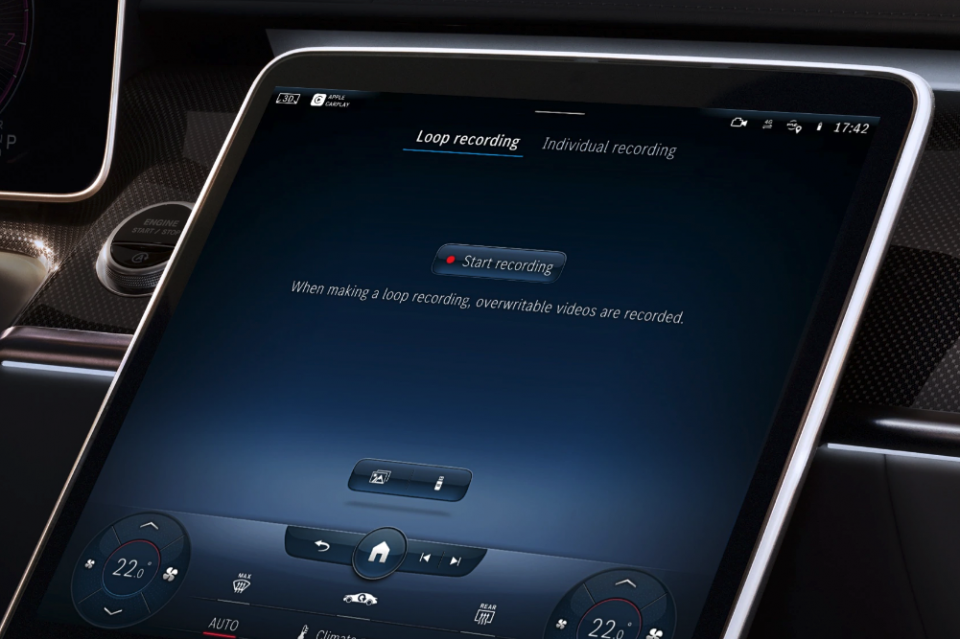
Additionally, the Mercedes-Benz system can only record footage from its front camera.
Mercedes-Benz does offer a ‘loop recording’ feature with its dashcam that limits the length of the video only to the available storage space, before overwriting if the storage becomes full. Videos are stored as separate two minute files before being overwritten, in an MP4 format.
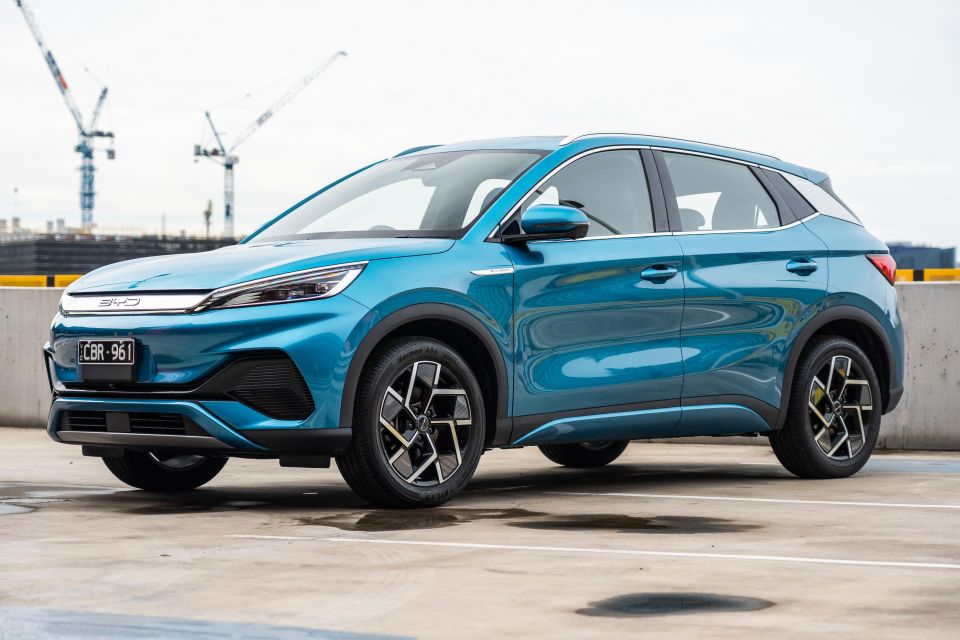
The BYD Atto 3, alongside the MG ZS EV, is one of the cheapest electric vehicles on sale today in Australia.
It includes some features not always found on cars two or three times the price, one of which is a dashcam.
Like Mercedes-Benz, BYD appears to only use its forward facing camera to record dashcam footage, rather than the rear and side facing ones simultaneously.

This feature is officially known as the vehicle travelling data recorder, according to the BYD Atto 3 Owner’s Manual.
To use it, the driver must insert an appropriately formatted SD card into the centre console, and can then take pictures or record video from the forward facing camera through the Driving Recorder app.
It remains unclear from the Owner’s Manual what the maximum recording length of each video may be. However, BYD does enable loop recording, along with a locking functionality where a video being recorded will not be overwritten even if the SD card is full.


Max Davies
15 Hours Ago


William Stopford
15 Hours Ago


Derek Fung
15 Hours Ago


Max Davies
23 Hours Ago


William Stopford
2 Days Ago


Ben Zachariah
2 Days Ago